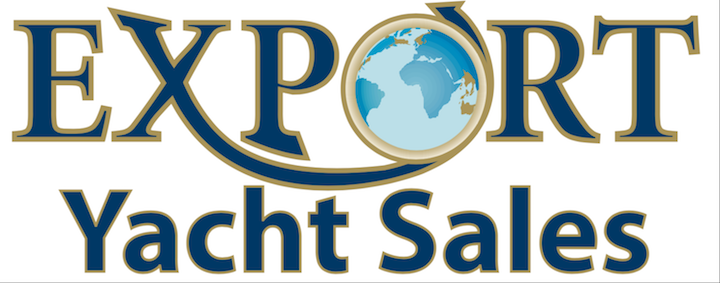There are two things that affect an outboard’s performance more than anything else. First is the height of the engine. Many boat manufacturers mount the engines lower in the water than they should. In my experience as both a new and used boat dealer, I don’t think a majority of boat manufacturers test the effect of engine height the way they should. If your boat porpoises when you trim up the engine, in other words the bow starts bouncing, and doesn’t start cavitating, your engine is most likely mounted too low. Also have someone hold the wheel for you while you are out in your boat. If you don’t see the cavitation plate clearly while on a plane, your engine is probably mounted too low. I have seen speed gains of almost 5 mph by raising an engine on a factory rigged boat.
The second factor that will drastically affect the performance of an outboard is the prop. If you want to go fast then go stainless. It’s stronger than aluminum, which means manufacturers can make thinner blades, increase efficiency, and reduce drag. Your boat needs to top out at its recommended RPM for the engine or close to it. For a little more speed and efficiency, you should be on the lower side of your engine manufacturer’s top RPM range, and for a quicker hole shot you should be toward the max RPM limit. On most two stroke engines this range is from 5200 to 5600. On most four stroke outboards, this range is 5600 to 6200. If your outboard is not turning over 5000 RPM’s on 99% of outboard motors, then you have too big of a prop. When switching props, there are a few rules of thumb:
Three-blade aluminum: Nonperformance prop, usually comes with the boat; thicker construction, few pitch options.
Three-blade stainless: Up to 2-mph gain over aluminum three-blade; accelerates better because blades are thinner, holds better in turns, blows out less.
Four-blade aluminum: Nonperformance prop, smoother than three-blade aluminum; thick construction, few pitch options.
Four-blade stainless: Most popular performance propeller, up to 2-mph gain over aluminum four-blade, smoother than a three-blade, better acceleration, holds better in turns, blows out less, lots of pitch options.
Five-blade stainless: Smoother operation than four- and three-blades; gets on plane better, enhances midrange performance, but probably no gain in top speed.
When buying a boat, pay attention to the maximum RPM’s, see if the boat starts porpoising easily, and look at what type of prop the boat has. The way the boat rides, planes off, and top speed can be severely affected by making a few changes in the engine height and prop.
At Export Yacht Sales, we make sure a boat performs correctly before we deliver it to an absentee buyer. In addition, we always recommend a surveyor that has experience with the type of boat you are buying. No matter how big or small of a boat you are looking at, Export Yacht Sales will always be in the buyer’s corner.

